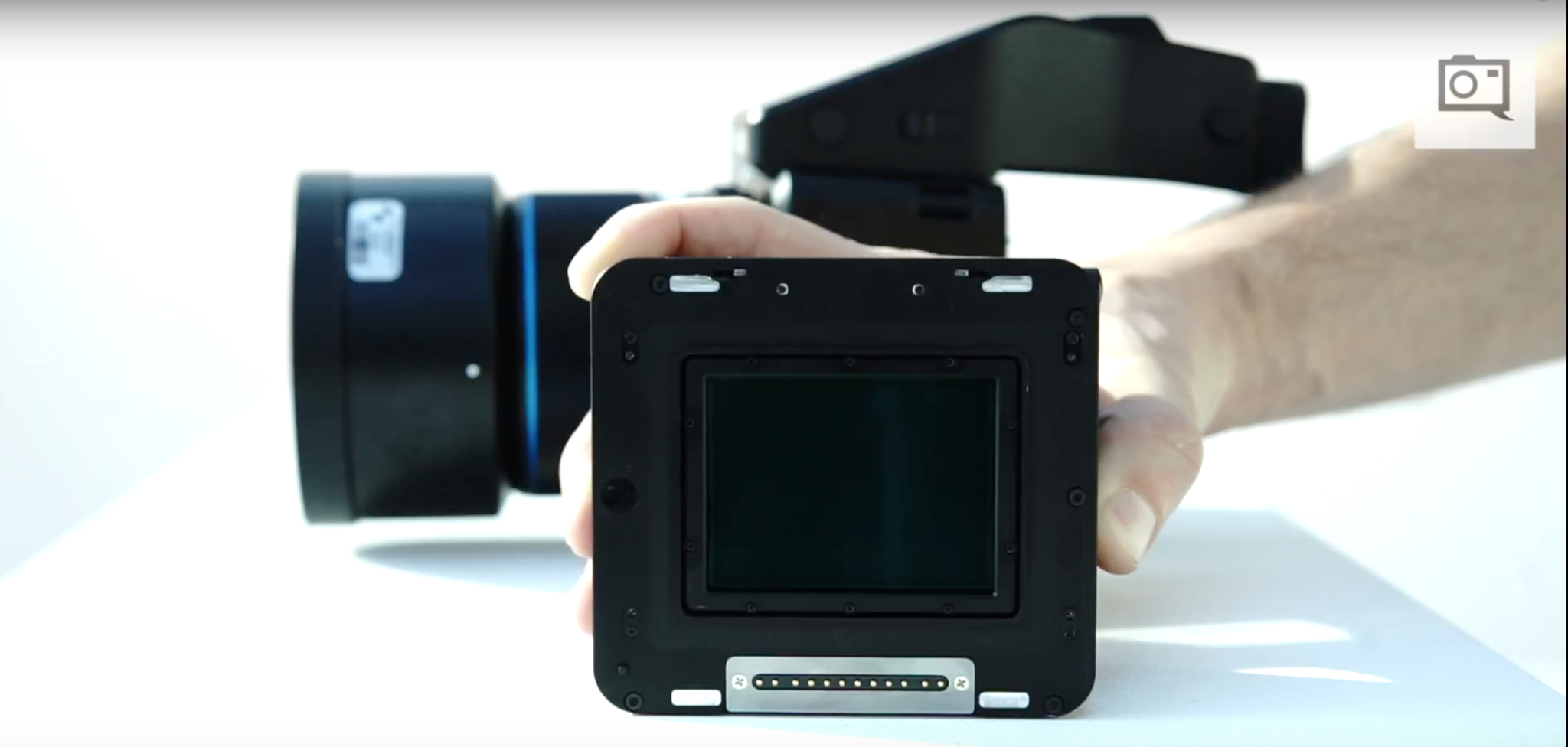We got to get Hands on with the Phase One IQ3 Trichromatic Sensor Digital Back
At the recent Photo Plus East, we got to talk to Doug Peterson from Digital Transitions about the new Phase One IQ3 Trichromatic sensor. Most photographers probably won’t understand what’s so different about it, but if you’re a stickler for color in the same way that I am, then you’ll understand why I’m so incredibly smitten with the idea. Lots of photographers will talk about high ISO and dynamic range–but all of that is easily fixable with today’s software. When you get into color and the fine gradation elements, you start to look at things in a much different way.
Unlike high ISOs and dynamic range which can arguably be fixed with using a different editing software or by getting the exposure right in the first place, better color starts with effective white balances first. Most photographers just use auto white balance and decide to fix it in post. The problem with this is that it doesn’t give you an effective starting point vs white balancing to 5500K or 3200K–what film was more or less balanced to. When you start there, you can immediately say that you want the scene to be warmer or cooler accordingly. After that, you can adjust your color channels individually. But when it comes to working with various types of skin tones, colors and textures, the fine gradation details and more can be lost.
If you’ve been in the industry for a while, it’s like the difference between a well exposed film print and the film print that you’d get from scanning that photo instead.
The Phase One IQ3 Trichromatic sensor isn’t a typical bayer sensor. Instead, it’s designed in such a way that you’re supposed to get significantly better color. Doug explains this in the video above.
Here’s a screenshot from Phase One’s website too.



